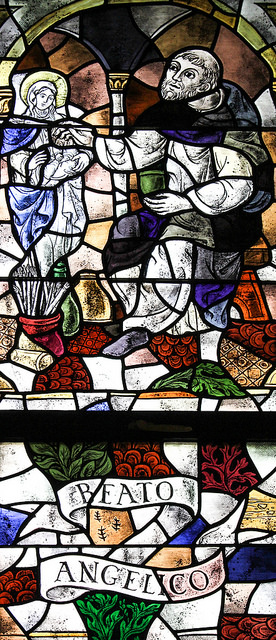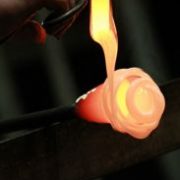Glass recycling strategies emerge
Glass recycling is strategically important but unprofitable
On the other hand, recycling glass is easier said than done. The logistics involved in recycling glass are complicated, often because glass is hard to handle, store and transport. Materials reclamation facilities (MRF) are the first stop for recyclables after they’re picked up at the curb. The glass and other materials are sorted and stored, and therein lies the problem. Glass comes in a variety of shapes and sizes. It’s also not homogenous, so it needs to be sorted. Plate glass (float glass) is different than container glass, and the two materials have to be recycled separately.
And then there’s the issue of breakage. Breakage itself isn’t really a problem, since ultimately, recycled glass does get broken into smaller pieces known as “cullet.” But broken glass is hard to handle when you’re not at the cullet stage.
Recyclers don’t want to devote storage space to glass, or handle the volume of glass that gets broken while in their custody. Complicating the equation is the cost of recycled glass. It’s dropped to the point of being more expensive than new glass, and transportation of glass for recycling is expensive. From an economic standpoint, there’s not much incentive to recycle glass.
Industry groups such as the Glass Recycling Coalition are working to establish best practices for municipal glass recycling programs, partially in an effort to make sure they don’t disappear. One reason that getting the glass recycling question right is important is because people are watching. If the glass they put at the curb for recycling ends up in the landfill, they’re less likely to recycle other materials.
One potential option for glass is reusing it, rather than recycling it. Glass can potentially be incorporated into concrete mixtures, fiberglass and aggregate used in road paving. The future of glass recycling isn’t clear, at this point, but glass is becoming a popular and economical surface for decorating.
Glassprimer™ glass paint is specially formulated to bond permanently to glass. It offers superior UV resistance and when applied according to manufacturer guidelines, is guaranteed to perform for at least 10 years.
If you’d like more information about Glassprimer™ glass paint, please visit our site. If you’d like to purchase Glassprimer™ glass paint, please visit our online store .
Photo Credit: Jon Callow, via Flickr.com





